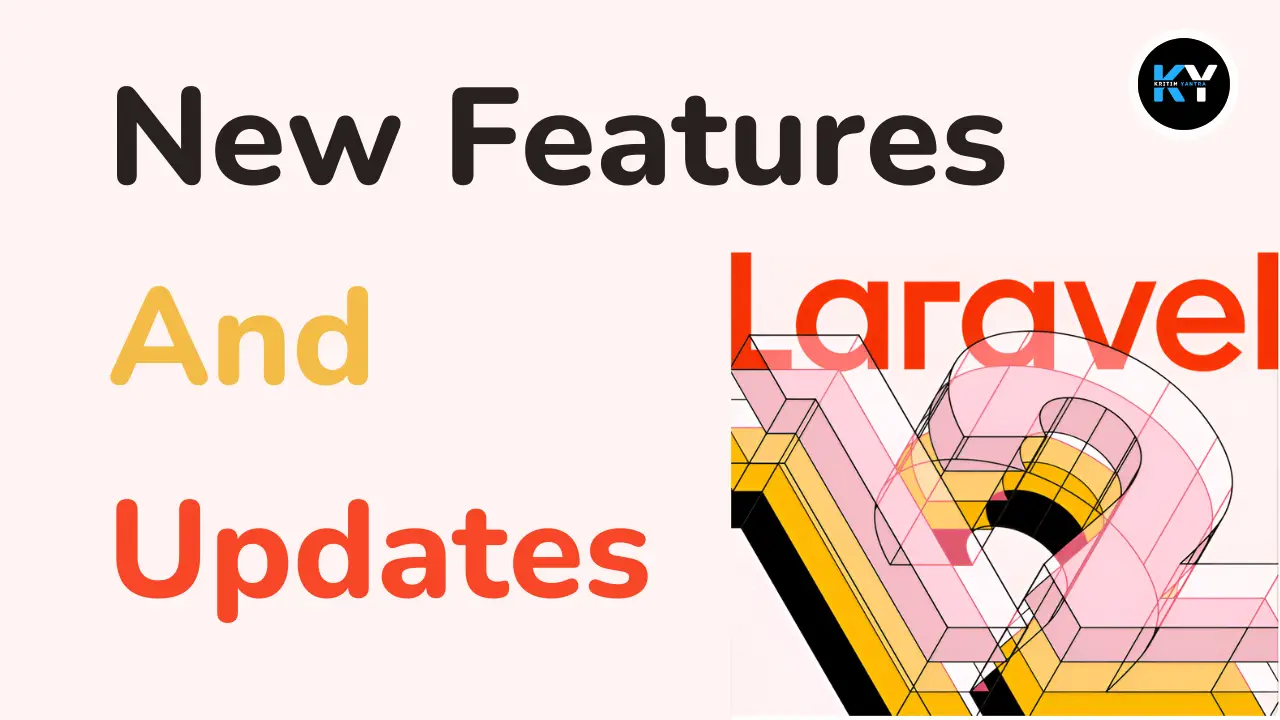Livewire vs. Inertia.js in 2025: Which Frontend Path Should Laravel Developers Choose?

Kritim Yantra
Jun 06, 2025
"Both make Laravel a powerhouse for modern frontends. Stop overthinking and start building!" – Italo Baeza Cabrera
🚦 The Laravel Frontend Dilemma in 2025
Imagine standing at a crossroads.
One path lets you build dynamic, interactive web apps using only PHP and Blade templates—no JavaScript required. The other empowers you with Vue or React’s full potential, without the pain of building a REST or GraphQL API.
Welcome to the Livewire vs. Inertia.js debate—an essential decision for Laravel 12 developers today.
Both tools are officially endorsed in Laravel’s ecosystem. But they solve frontend challenges with very different philosophies.
🧭 Two Philosophies, One Goal: Interactivity
🔵 Livewire – PHP-Powered Reactivity
Livewire lets you write reactive UI components using pure PHP and Blade. You don’t need to write JavaScript for most cases—though Alpine.js silently powers frontend interactions.
Reactivity comes from server roundtrips: user actions trigger AJAX calls, and Laravel updates the DOM via diffs.
Perfect for: CRUD apps, admin panels, form-heavy workflows, and PHP-first teams.
// Simple Livewire Counter Component
public $count = 0;
public function increment()
{
$this->count++;
}
🟢 Inertia.js – The Frontend Glue
Inertia.js connects Laravel to Vue, React, or Svelte—without APIs. Think of it as a JSON-based protocol between your Laravel backend and a modern frontend SPA.
Controllers return data via Inertia::render(), and your frontend renders it client-side.
Perfect for: Teams fluent in JavaScript, interactive dashboards, or apps needing complex client-side state.
// Laravel Controller Example
return Inertia::render('Users', [
'users' => User::all(),
]);
⚖️ Key Comparison: Livewire vs. Inertia.js
Feature Livewire Inertia.js
Language PHP + Blade Vue/React + Laravel
Interactivity Server-driven (AJAX roundtrips) Client-side, SPA-like fluidity
Setup Minimal (Blade + Livewire class) Moderate (Node.js + Inertia adapter)
SEO ✅ Server-rendered out of the box ❌ Needs SSR or hybrid setup
Best For Admin panels, forms, SEO pages Complex SPAs, charts, dynamic dashboards
Learning Curve Easy for PHP devs Moderate (requires JS framework skills)
📊 Data sources: Laravel News, CMarix, and community surveys
🚀 Laravel 12 Starter Kits: A Game Changer
Laravel 12 has formalized frontend choices via improved starter kits, making setup smoother than ever.
Livewire Starter Kit
Ships with Flux UI components
Pure PHP Blade + Livewire structure
Tailored for rapid backend-first apps
laravel new my-app --stack=livewire
Inertia + React/Vue Starter Kit
Uses React 19 / Vue 3 with TypeScript
Styled with shadcn/ui components
Folder structure like resources/js/Pages
laravel new my-app --stack=react
🔍 Real-World Tradeoffs
🏎️ Performance
Livewire: Great for simple forms and pages but can slow down in large, dynamic UIs due to server roundtrips and full HTML diffs.
Inertia.js: More efficient for SPAs—JSON payloads are lighter and only partial views re-render client-side.
📈 Scalability & Career Growth
Livewire: Ideal for solo devs or teams with strong PHP backgrounds. Speeds up delivery with fewer tools.
Inertia.js: Opens doors to modern frontend roles. You’ll sharpen your Vue/React + TypeScript skills—highly in demand in today’s job market.
🔁 When You Need to Pivot
“Migrating from Livewire to a mobile API? Near-total rewrite. With Inertia, you’re halfway there.”
– Laravel Daily
Since Inertia uses real frontend frameworks, transitioning to an API-driven architecture becomes easier. Your component structure stays intact—only the data source changes.
✅ Decision Framework: Which Should You Choose?
Choose Livewire if:
You want Blade simplicity with added interactivity.
SEO is a must (e.g., blogs, marketing pages).
Your app is backend-heavy with form-based workflows.
Your team doesn’t want to invest in JavaScript frameworks.
Choose Inertia.js if:
You’re building an SPA or dashboard.
You need fluid navigation and client-side state.
Your team already knows Vue or React.
You’re working with complex UIs (e.g., charts, modals, drag-and-drop).
💡 Bonus Tip: You can use Livewire inside Inertia for specific components like forms—combine strengths for hybrid solutions!
🧠 Pro Insight: Stop Comparing Apples to Oranges
Here’s a misunderstood truth:
Livewire competes with Vue/React—not Inertia.
Inertia is not a framework, but a bridge that connects your backend to a real frontend.
Livewire is a full-stack framework in PHP. Inertia is a protocol enabling SPA development without a traditional API layer.
That’s why Taylor Otwell (Laravel’s creator) recommends choosing based on the type of application, not the tool’s hype.
🔗 Useful Resources to Get Started
🧩 Livewire Docs: livewire.laravel.com
🔗 Inertia.js Docs: inertiajs.com
⚙️ Starter Kits Guide: laravel new --help
📦 Install Livewire:
composer require livewire/livewire
🏁 Final Thoughts: Build What Matters
The Laravel ecosystem in 2025 is flexible, modern, and full of options. Whether you go with Livewire’s simplicity or Inertia’s power, the goal remains the same:
Deliver amazing user experiences with less friction.
Don’t get stuck in endless comparison threads. Instead, understand your project’s needs—and build confidently.
🧪 Try both. Experiment. Ship fast.
Laravel gives you the freedom to choose your frontend future. Use it wisely. 🚀
Tags
Comments
No comments yet. Be the first to comment!
Please log in to post a comment:
Sign in with GoogleRelated Posts
 Kritim Yantra
Kritim Yantra
 Kritim Yantra
Kritim Yantra
